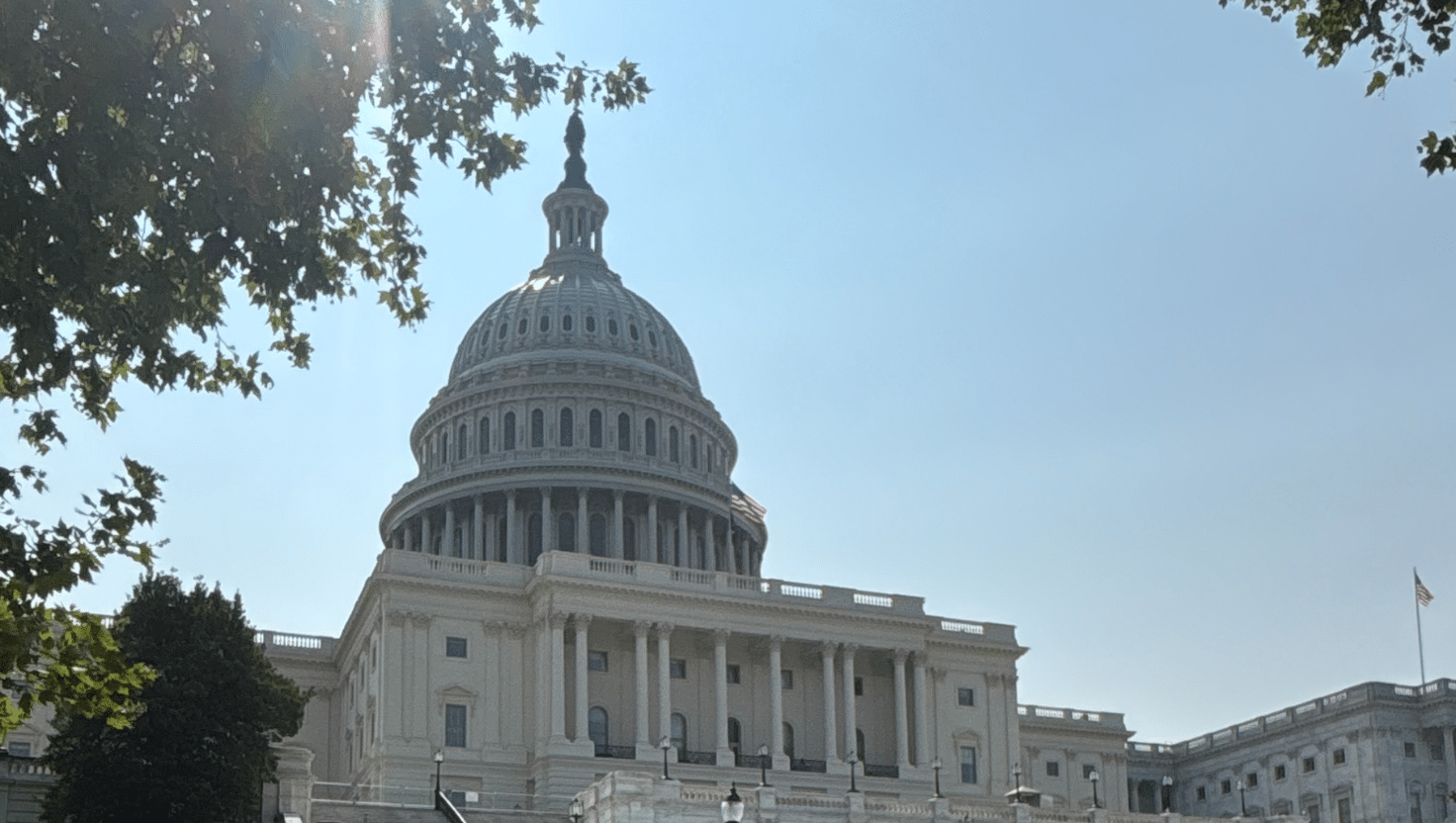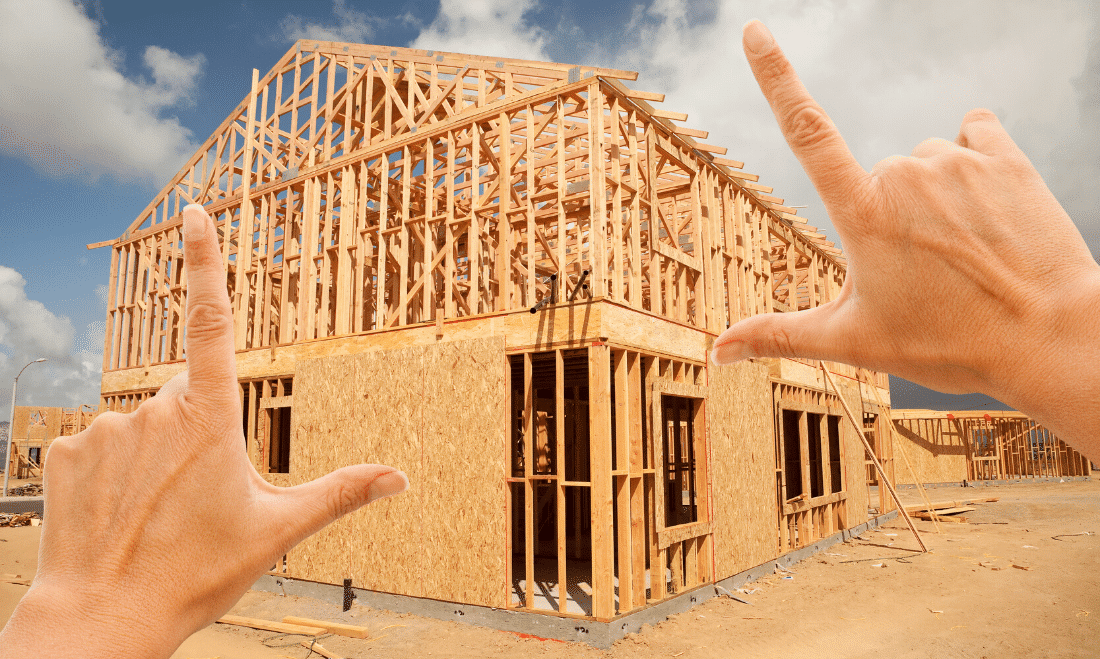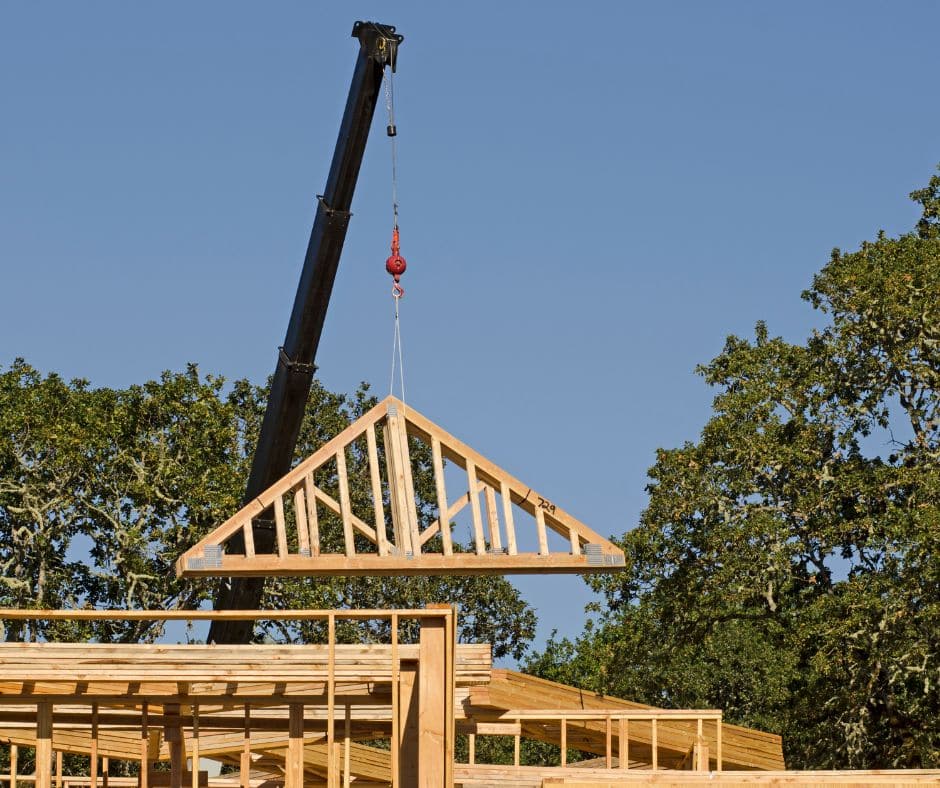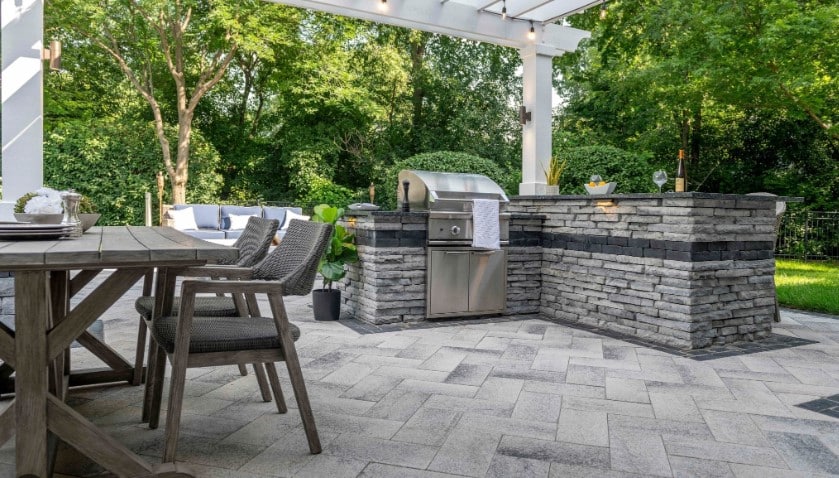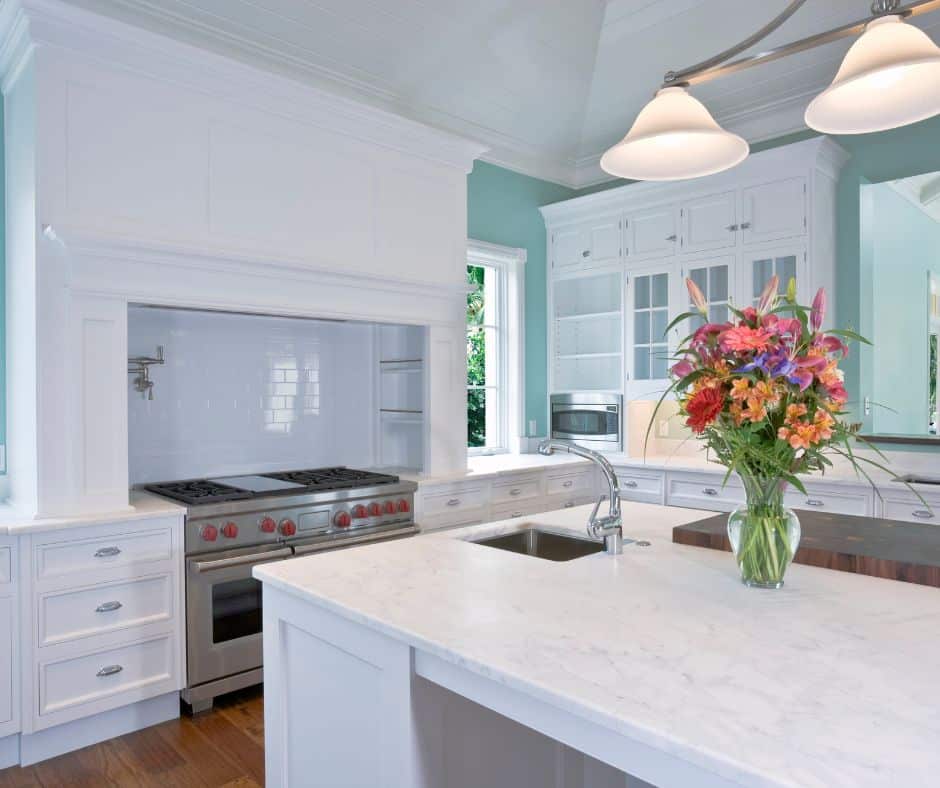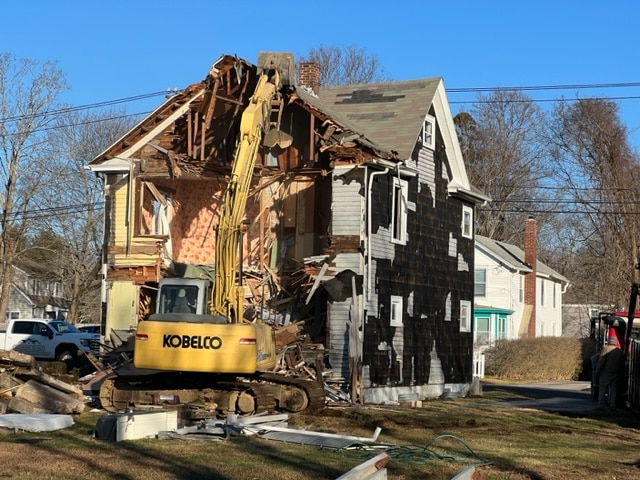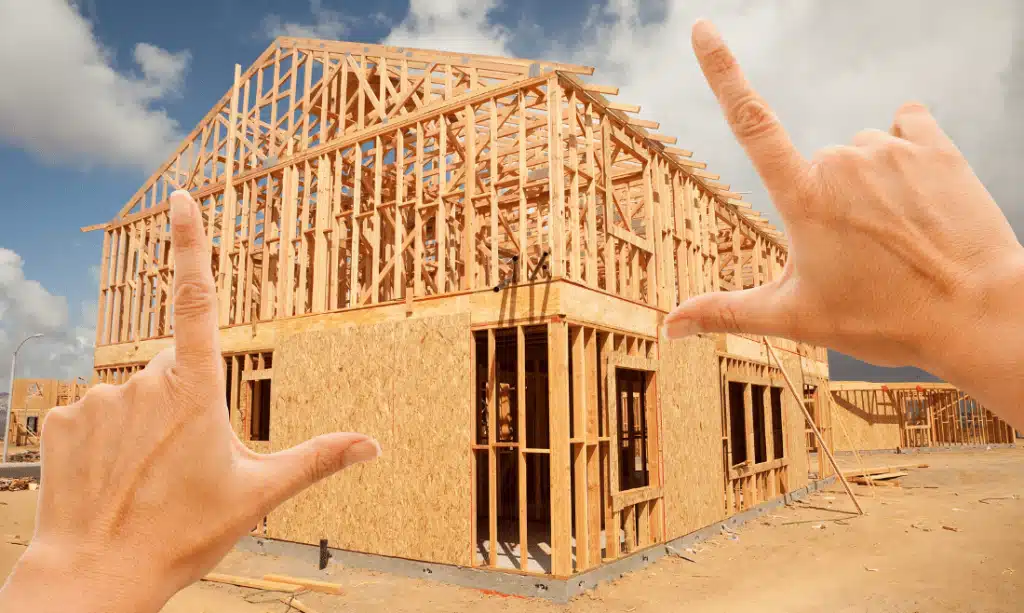A Confident Look at Tariffs, Materials, and the Future of Residential Construction, and Insights from NAHB, Treasury Leaders, and How Caulkins Homes Is Guiding Clients with Confidence
At Caulkins Homes, we believe building your custom home should be an exciting and empowering experience—not one clouded by uncertainty. That’s why we’ve been closely monitoring tariff developments for months, proactively planning for how they might affect both our business and, our clients. We have been engaged in ongoing conversations with fellow industry leaders, as well as our trusted suppliers, to fully understand potential impacts and to develop a strategic plan tailored to protect our clients’ timelines and investments.
In addition, our oldest son, Patrick Caulkins—our lead project manager and President of the Home Builders Association of Eastern Connecticut—has been actively monitoring the evolving tariff landscape at the local, state, and national levels. By closely following conversations among industry leaders and decision-makers at the forefront of these discussions, he’s helping ensure that we remain well-informed and fully prepared to guide our clients with clarity, foresight, and confidence.
With the recent announcement of reciprocal tariffs, there’s been renewed conversation around how these measures might affect home building, costs, and materials.
We’re encouraged by the clear and consistent message from economic leaders, national housing experts, and our own experienced team: now remains a smart, strategic, and well-supported time to build your dream home.
What Are the 2025 Tariffs?
On April 1, 2025, the Trump administration announced a new round of reciprocal tariffs on select imported goods. These tariffs are designed to rebuild American manufacturing, reduce reliance on foreign supply chains, and support U.S.-based production.
Rather than causing major concern, the policy is being met with optimism and action across the residential construction industry—thanks in large part to leadership from the National Association of Home Builders (NAHB).
NAHB’s Encouraging Response
In an April 3, 2025 statement, NAHB Chairman Buddy Hughes reinforced the industry’s proactive stance:
“While the complexity of these reciprocal tariffs makes it hard to estimate the overall impact on housing, they will undoubtedly raise some construction costs. However, NAHB is pleased President Trump recognized the importance of critical construction inputs for housing and chose to continue current exemptions for Canadian and Mexican products, with a specific exemption for lumber from any new tariffs at this time.”
This exemption for lumber—a foundational material for homebuilding—means clients can build confidently, knowing that one of the largest material costs remains stable.
Thanks to strong advocacy from the National Association of Home Builders (NAHB), these exemptions are now a cornerstone of market stability.
“NAHB is pleased President Trump recognized the importance of critical construction inputs for housing and chose to continue current exemptions for Canadian and Mexican products, with a specific exemption for lumber from any new tariffs at this time.” — NAHB Chairman Buddy Hughes
Hughes added further clarity and encouragement:
“Exempting Canadian softwood lumber, which accounts for nearly a quarter of the available supply in the U.S., avoids adding a new 10% tariff on top of existing duties.”
“Further exempting Mexican products is also a big win given major construction cost drivers such as gypsum, concrete, and near-shored appliances.”
“NAHB will continue to work with the administration to find ways to increase domestic lumber production, reduce regulatory burdens, and create an environment that allows builders to increase our nation’s housing supply.”
All of this means your custom home won’t just move forward smoothly—it will benefit from a housing industry actively working to support affordability, access, and sustainability.
Yellen & Economists: Minimal Consumer Impact
U.S. Treasury Secretary Janet Yellen also weighed in on the new tariffs, stating clearly that they are expected to have little impact on American consumers:
“I don’t believe that American consumers will see any meaningful increase in the prices that they face.”
She emphasized that the 2025 tariffs were carefully designed to minimize price disruption while strengthening the domestic economy:
“Nothing will occur here that would be noticeable to the typical American family.”
Similarly, economists from the Peterson Institute and Economic Policy Institute confirm that tariffs typically raise prices by less than 1%, if at all—and that most companies absorb the added cost or shift to domestic suppliers. In fact, past data shows that about 95% of tariff costs were not passed on to U.S. consumers.
In contrast to the double-digit inflation the housing sector faced between 2021–2023 under the Biden administration, these current economic measures are stable, modest, and strategic.
A Boost for U.S. Manufacturing and Housing Stability
The 2025 tariffs are also sparking positive growth across U.S. industries—including those tied to construction materials, steel, aluminum, and energy infrastructure. According to the U.S. International Trade Commission, past tariffs helped increase domestic production without creating significant downstream cost increases.
This renewed focus on domestic manufacturing benefits the housing sector by:
-
Improving long-term supply chain reliability
-
Encouraging investment in local production
-
Reducing exposure to volatile overseas markets
Caulkins Homes: Experienced, Strategic, Ready
At Caulkins Homes, we don’t wait for change—we plan for it. With nearly 40-years of experience in full-service custom homebuilding, we’ve been monitoring and actively preparing for the current tariff landscape.
Here’s how we’re helping clients build confidently in 2025:
-
Sourcing American-made products across all major categories
-
Partnering with vendors who share our commitment to domestic manufacturing
-
Providing expert guidance through land acquisition, design, permitting, project management, and construction—all under one roof
-
Saving clients time, money, and unnecessary stress with our seamless, in-house process
We believe that thoughtful preparation leads to beautiful execution. And in a changing market, that matters more than ever.
Why Building in 2025 Still Makes Perfect Sense
Here’s why now remains one of the best times in years to start your custom home:
✅ Lock in Today’s Rates & Material Availability
Starting your project now lets you secure favorable pricing and access reliable, quality materials—before potential bottlenecks occur.
✅ Benefit from a Resilient, Local Supply Chain
Thanks to smart sourcing and stable trade policies, your project stays on track with domestically sourced products.
✅ Build With a Trusted, Full-Service Leader
From concept to completion, Caulkins Homes delivers unmatched experience, integrity, and results.
Let’s Bring Your Dream Home to Life—Confidently
At Caulkins Homes, we’re proud to say that tariffs won’t stop our clients’ dreams—they’ll strengthen them. Backed by industry support, expert economic strategy, and nearly four decades of homebuilding success, we’re here to help you create something exceptional.
Call, text, or email us today to take the first step.
Let’s talk about how we can build together with clarity, confidence, and care.
You also might be interested in
